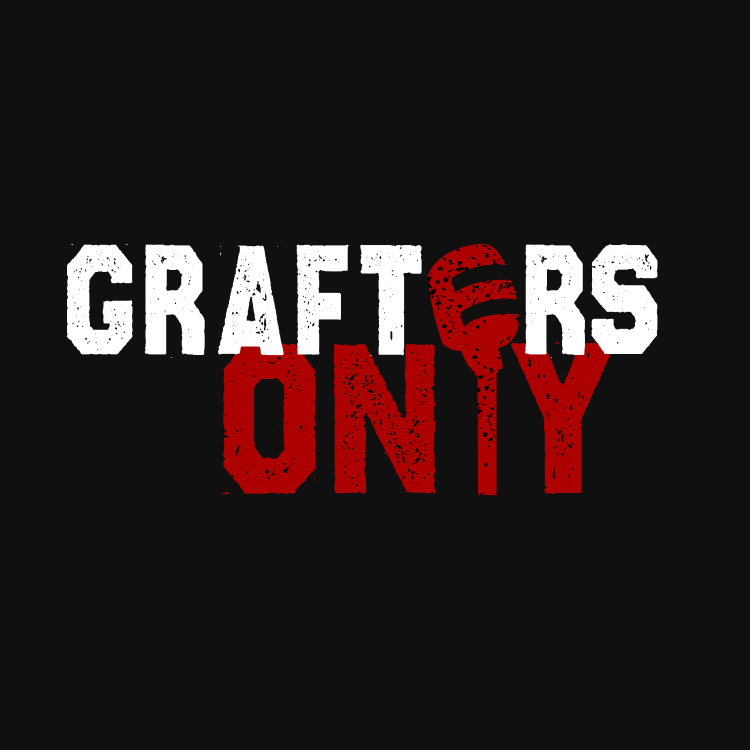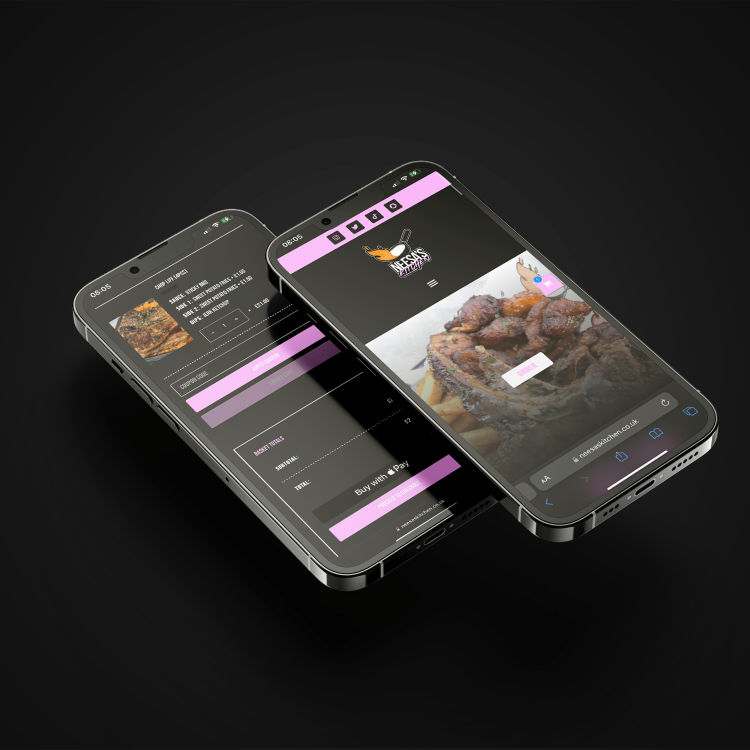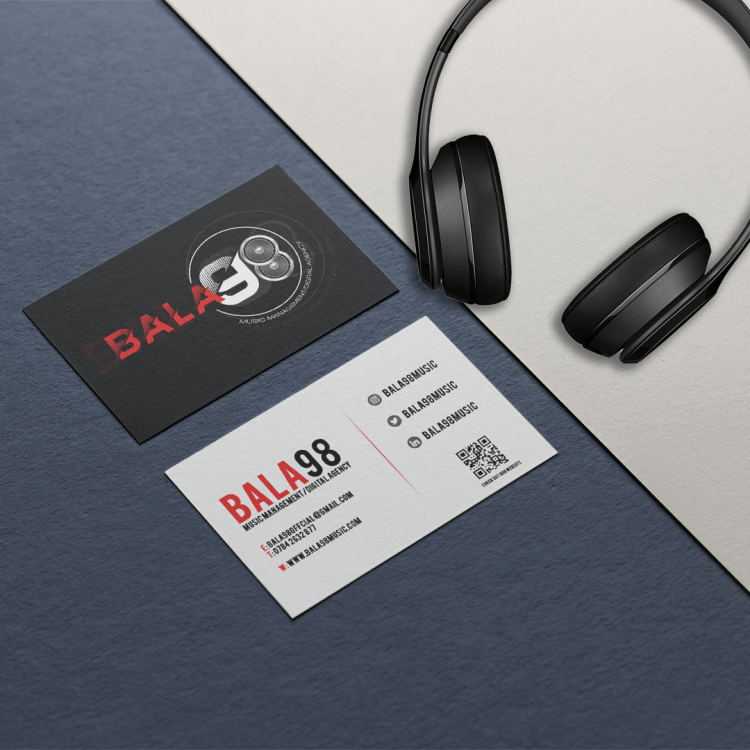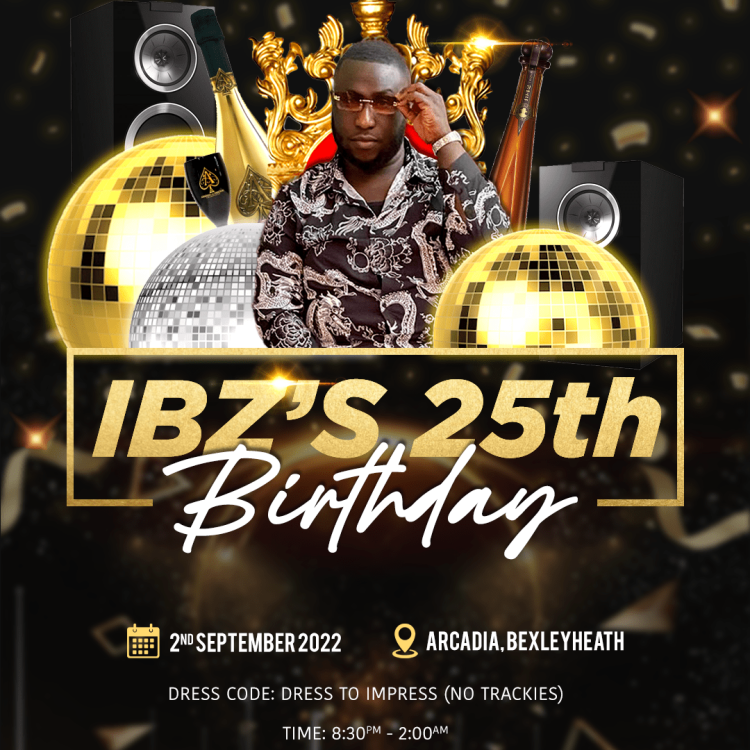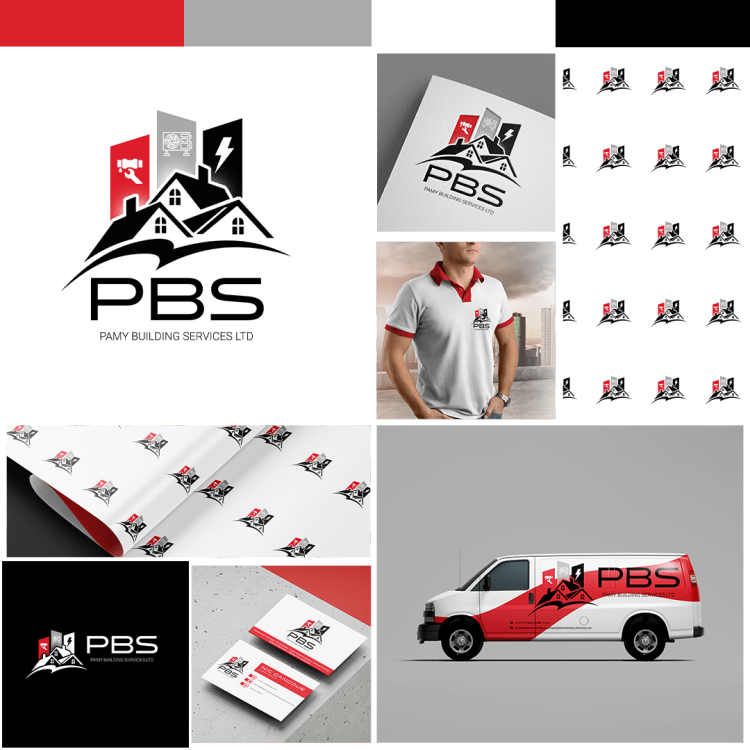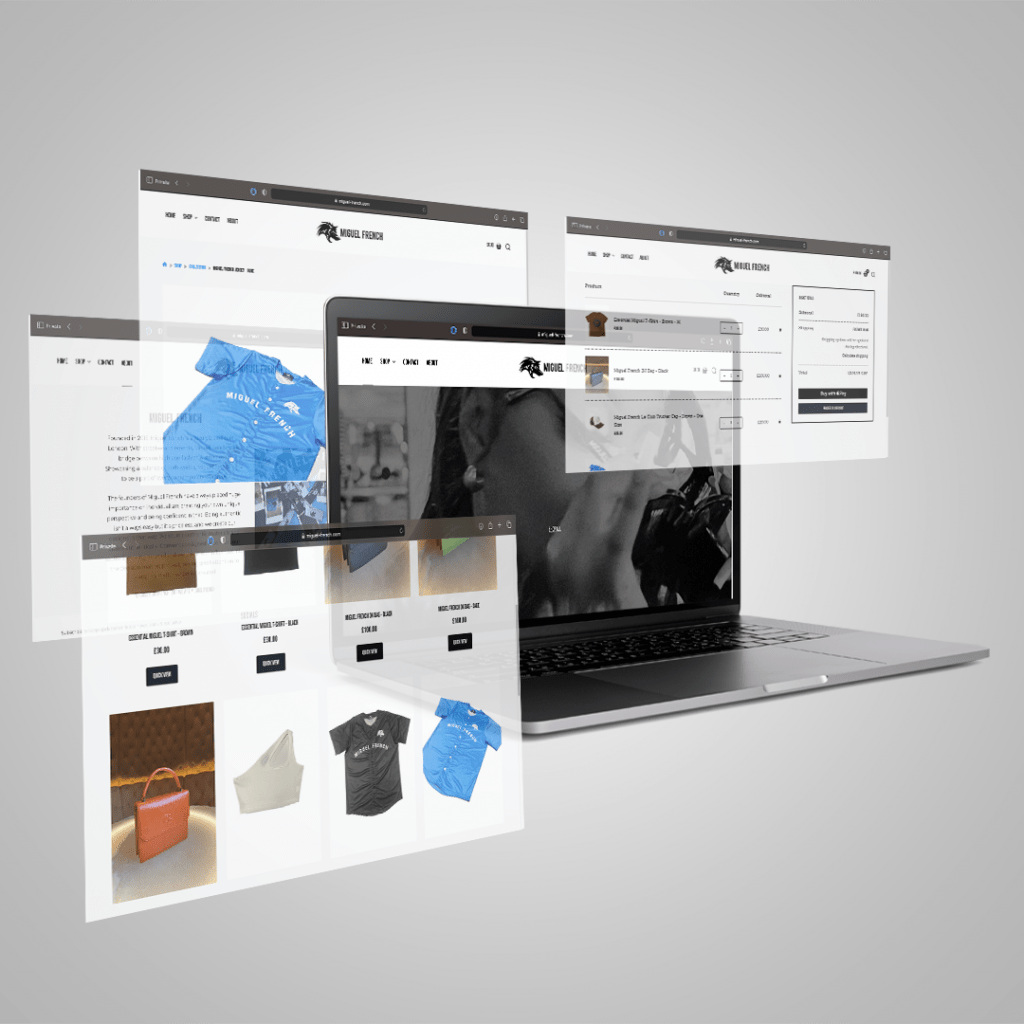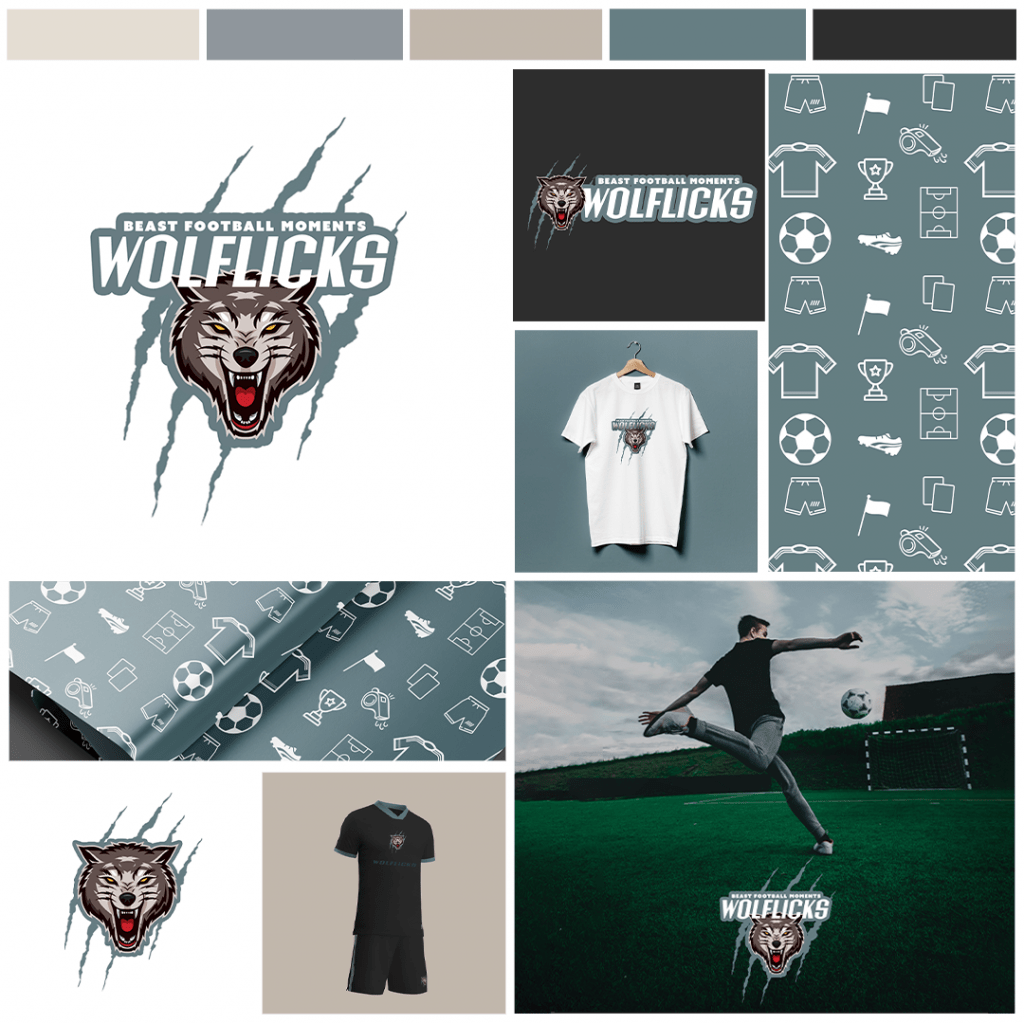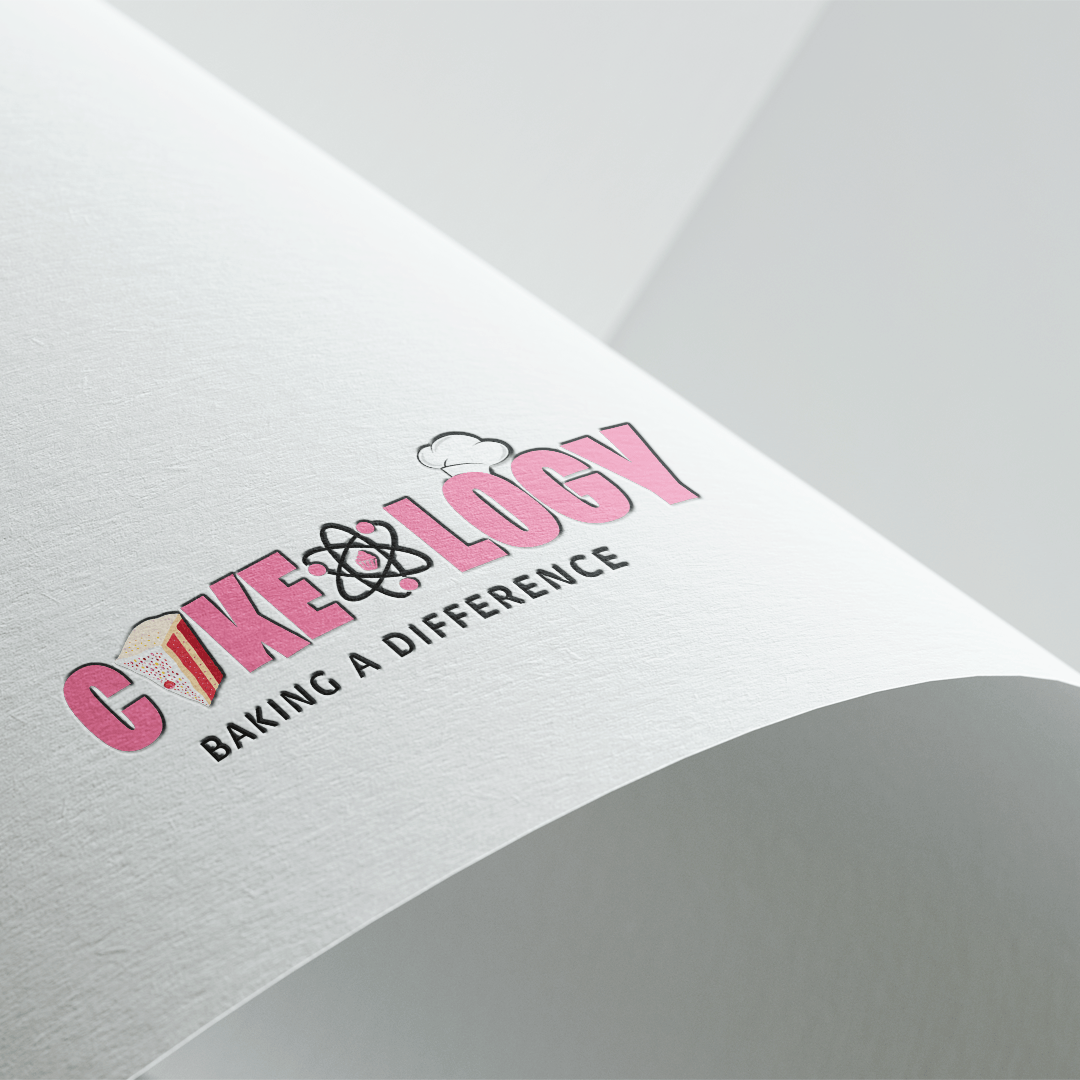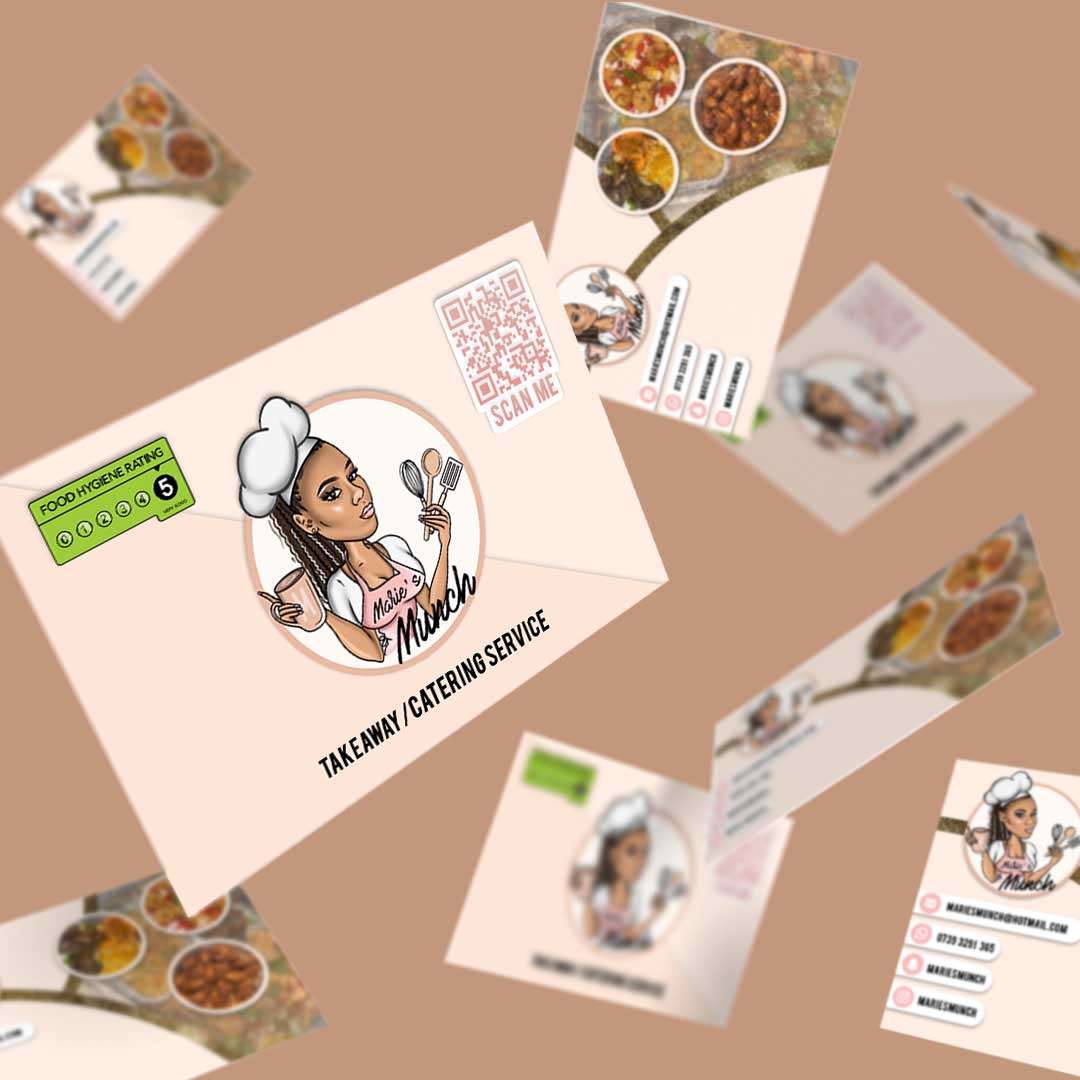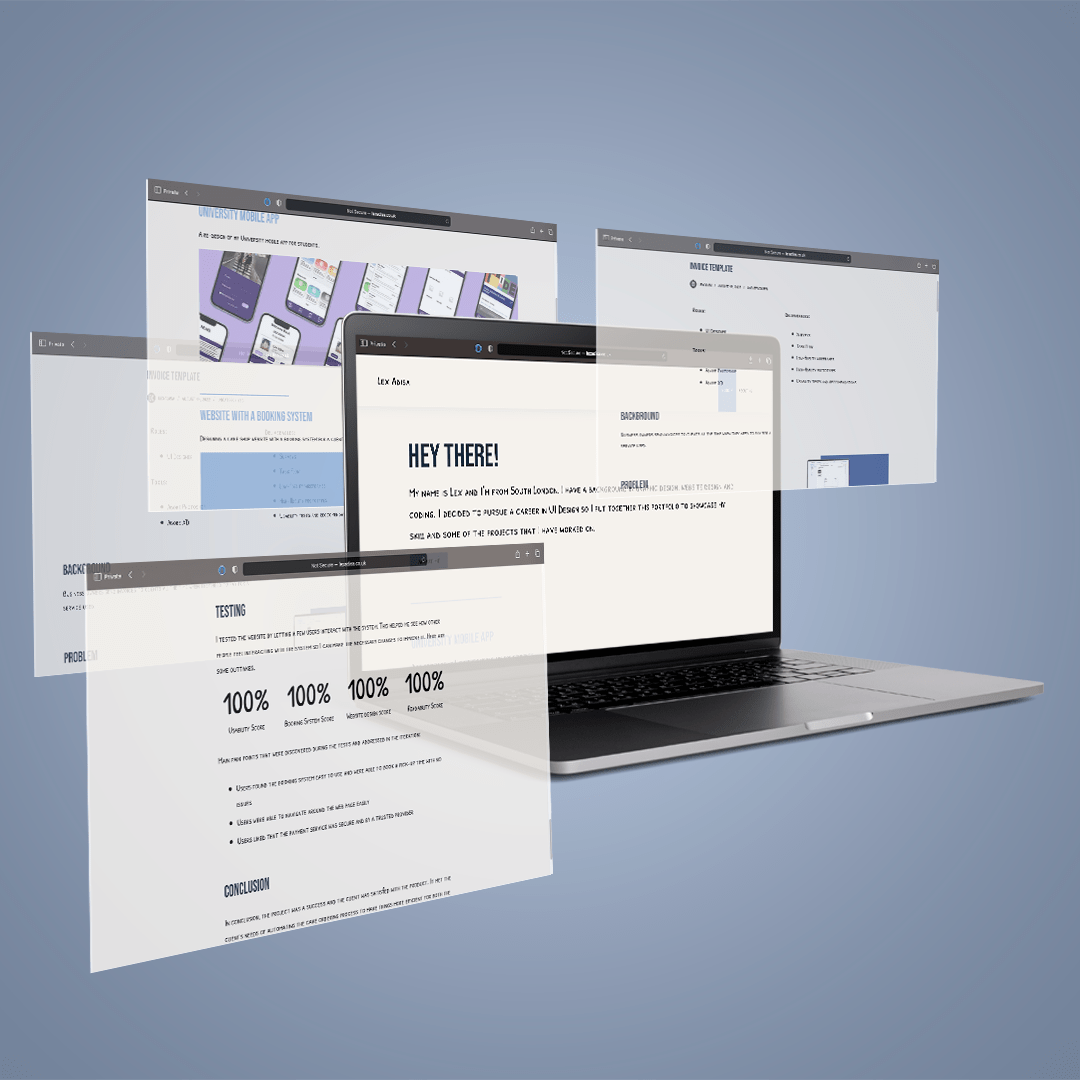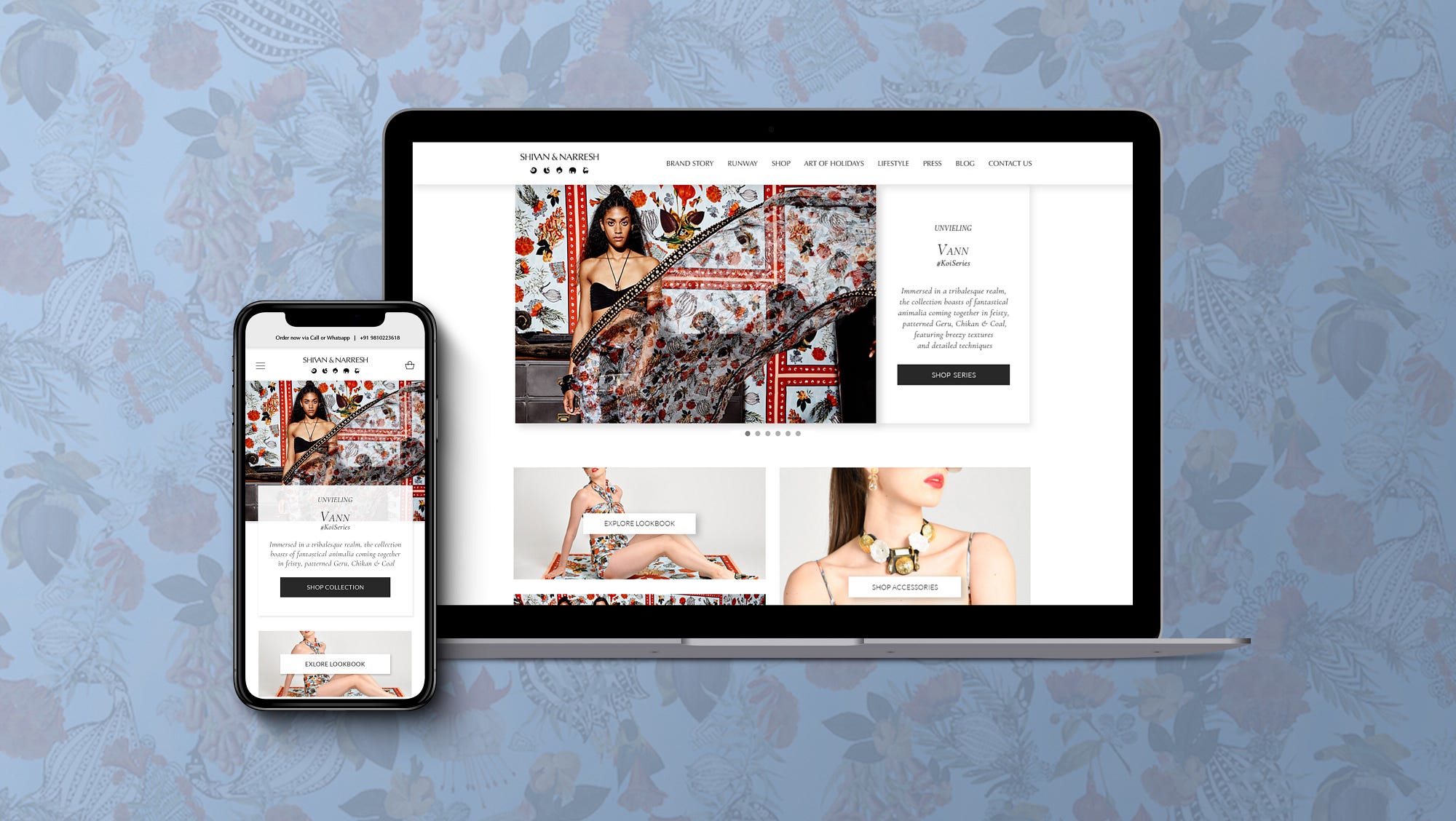
Luxury Fashion Website Redesign: Boost Sales with These Proven Strategies
When you’re a luxury fashion brand, your website isn’t just a shopfront; it’s a digital embodiment of your brand’s prestige, values, and vision. But like all things in fashion, trends evolve, and staying ahead means occasionally rethinking and redesigning your luxury fashion website. Whether you’re refreshing your site to reflect a new brand direction or enhancing functionality, a luxury fashion website redesign is an opportunity to elevate your brand and captivate your discerning clientele. Let’s explore the essential elements you should consider for your luxury fashion website redesign and why they’re crucial for maintaining your brand’s allure in the digital age. Understanding the Essence of Luxury Fashion Brands What Is a Luxury Fashion Brand? Before diving into the nitty-gritty of luxury fashion website redesign, it’s important to understand what makes a luxury fashion brand. Luxury brands are defined by their exclusivity, impeccable craftsmanship, and timeless appeal. The value isn’t just in the product, but in the experience—owning something that feels like a piece of art or history. From my experience working with high-end fashion clients, I’ve noticed that luxury brands aren’t just selling products; they’re selling a lifestyle, an identity. For your luxury fashion website redesign to resonate with your audience, it needs to reflect this essence. Everything from the layout to the fonts should whisper “luxury” without saying it outright. How Do Luxury Brands Engage Their Customers? Luxury brands engage their customers through storytelling, personalisation, and exclusivity. Your website should be a platform where you tell your brand’s story—whether it’s through videos, imagery, or even the choice of words. Think about Chanel’s timeless elegance or Gucci’s bold eccentricity. Their websites are not just places to shop; they’re experiences that echo their brand narratives. Take a look at this guide on luxury brand storytelling to dive deeper into how successful luxury brands connect with their audience through compelling narratives. Essential Elements of a Luxury Fashion Website Redesign When it comes to redesigning a luxury fashion website, the devil is in the details. Here are the must-have elements to keep in mind: Visual Identity and Aesthetic Consistency Luxury is synonymous with elegance, and your website’s visual identity should reflect that. When working on a luxury fashion website redesign, I always emphasise the importance of aesthetic consistency. Your website should be visually cohesive, with a sophisticated colour palette, elegant typography, and high-quality imagery that feels exclusive. Consistency doesn’t just mean making everything look pretty; it’s about creating a seamless experience where every element feels like it belongs. This also means ensuring that your website’s aesthetic aligns with your offline presence, from your storefront to your marketing materials. User Experience (UX) and Navigation When it comes to luxury, the experience is everything. An intuitive and seamless user experience is crucial for keeping visitors engaged and guiding them toward making a purchase. Why is the layout of a website important? Because in the luxury space, it’s all about subtlety and ease. Your customers shouldn’t have to hunt for what they need; it should be effortlessly accessible. Imagine browsing a luxury website with cumbersome navigation—it’s frustrating, right? That’s a scenario you want to avoid. Instead, focus on minimalist yet functional designs that keep the experience clean and intuitive. Think less is more, where every element serves a purpose without overwhelming the visitor. Personalisation and Customer Engagement In the world of luxury, one-size-fits-all simply doesn’t cut it. Personalisation is a key factor in making your customers feel valued. Advanced features like AI-driven recommendations, virtual try-ons, and personalised content can elevate your website from a simple e-commerce platform to an interactive luxury experience. One of my clients saw a noticeable uptick in sales after we implemented personalised shopping experiences. By using data-driven insights, we tailored the shopping experience to each visitor’s preferences, creating a bespoke experience that mirrored the exclusivity of the brand. Essential Website Features for Luxury Fashion E-commerce When working on your luxury fashion website redesign, don’t forget the technical essentials that underpin a successful luxury fashion ecommerce platform: Incorporating Modern Website Design Trends Luxury brands are often the trendsetters, not followers. However, it’s important to blend timeless elegance with modern website design trends to stay relevant. Luxury Website Designs: Inspiration from Leading Brands Leading luxury brands have mastered the art of blending traditional elegance with contemporary design. Immersive experiences, video backgrounds, and subtle micro-interactions are some trends that elevate the user experience. Check out this list of top luxury fashion websites to get inspired by how top-tier brands are leading the way. One of the most effective trends I’ve seen is the use of full-screen video backgrounds. They grab attention immediately and can set the tone for your brand’s story. However, use them sparingly to ensure they don’t slow down the site or detract from the user experience. Sustainability and Ethical Considerations More than ever, customers are considering sustainability when choosing brands. This is particularly true in the luxury sector, where consumers are willing to pay a premium for ethically produced goods. Showcasing your commitment to sustainability can be a powerful way to connect with your audience. Consider integrating features like transparency reports, information on sourcing, and eco-friendly packaging options directly on your site. The Technical Side of Luxury Web Design Web Design Essentials for Performance and Security Beyond aesthetics, your website needs to perform flawlessly. Slow loading times and security breaches can severely damage your brand’s reputation. Ensure your site is optimised for speed without compromising on visual quality. Implementing security features like SSL certificates and robust data protection is essential for gaining and maintaining customer trust. SEO and Content Strategy Luxury brands often focus heavily on visuals, but content strategy shouldn’t be overlooked. Crafting high-end editorial content that reflects your brand’s values is crucial for both SEO and customer engagement. Regularly updated blogs, behind-the-scenes videos, and editorial-style lookbooks can boost your search engine rankings while telling your brand’s story. Don’t forget to optimise these assets with relevant keywords such as “luxury fashion brand” to enhance visibility. Conclusion Redesigning your luxury fashion


